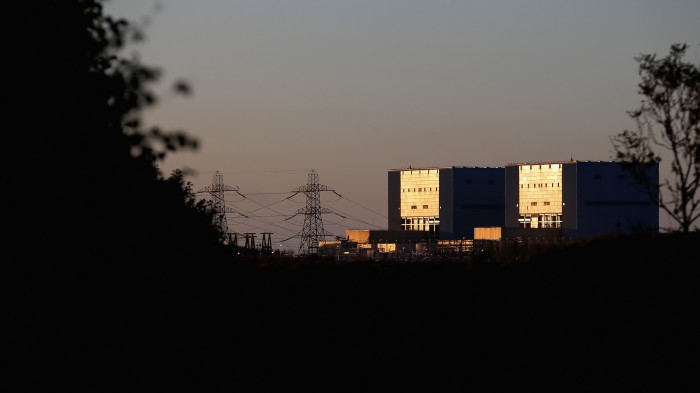The U.K. Finally Commits to Building Its Huge New Nuclear Plant
Ending months of deliberation, the British prime minister, Theresa May, has finally given the go-ahead for the U.K.’s new Hinkley Point C nuclear power station.
The new nuclear facility, which is expected to cost 18 billion pounds (around $24 billion) to build, has suffered a turbulent approval process. After years of planning, the project was expected to get the green light six weeks ago, but May unexpectedly placed it under review, allegedly over security concerns. That put a serious strain on diplomatic relations between the U.K., France, and China, which have been developing the facility together.
In the weeks since, the U.K. government has scrutinized and subtly revised the plans. The largest change, though, is simply a condition that will allow the government to block the French state-owned utility company EDF, which will have a third share in the project, if it chooses to sell its stake during construction. According to the Financial Times (paywall), both EDF and the Chinese state-owned China General Nuclear, which also has a third and will build the reactor itself, have both welcomed the new version of the agreement.

Environmental groups, however, have called the amendments “hot air.” Certainly, the changes don’t affect the most controversial aspect of the agreement, which is that the British government will pay a guaranteed price of 92.50 pounds (around $120) to EDF for every megawatt-hour of electricity from the plant. That’s about twice the usual price of wholesale electricity in Britain today.
Not that the U.K. had the best of bargaining positions to start with. Hinkley Point is currently home to another active nuclear reactor, B, which is expected to go offline in 2023, and its domestic nuclear expertise has dwindled in recent decades. Pressed for time and know-how, it ultimately had little option but to look overseas to find someone to build the new plant—though it could have done more to negotiate down the price of the resulting electricity.
Still, it seems the government has learned from the experience. A statement announcing the Hinkley Point news explained, “There will be reforms to the government’s approach to the ownership and control of critical infrastructure to ensure that the full implications of foreign ownership are scrutinised for the purposes of national security.”
That may ensure that there’s never a rerun of the Hinkley Point debacle. If only for the sake of electricity bills in the U.K., let’s hope so.
(Read more: The Guardian, Financial Times, “Huge British Nuclear Project Becomes a Diplomatic Flash Point”)
Keep Reading
Most Popular
Large language models can do jaw-dropping things. But nobody knows exactly why.
And that's a problem. Figuring it out is one of the biggest scientific puzzles of our time and a crucial step towards controlling more powerful future models.
The problem with plug-in hybrids? Their drivers.
Plug-in hybrids are often sold as a transition to EVs, but new data from Europe shows we’re still underestimating the emissions they produce.
Google DeepMind’s new generative model makes Super Mario–like games from scratch
Genie learns how to control games by watching hours and hours of video. It could help train next-gen robots too.
How scientists traced a mysterious covid case back to six toilets
When wastewater surveillance turns into a hunt for a single infected individual, the ethics get tricky.
Stay connected
Get the latest updates from
MIT Technology Review
Discover special offers, top stories, upcoming events, and more.